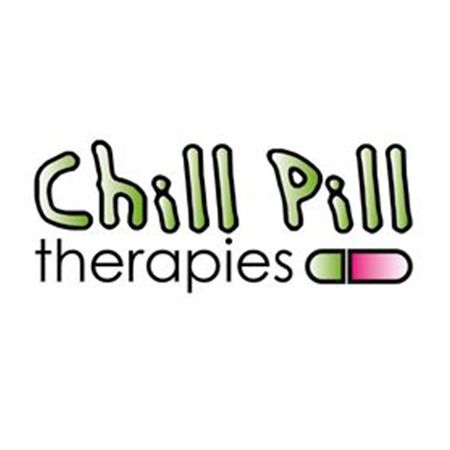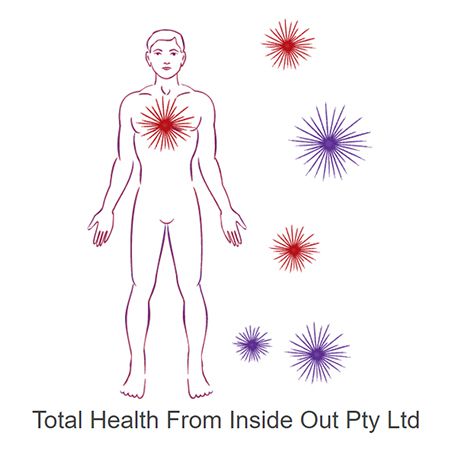
Living with arthritis often feels like a full-time job you never applied for. Between the stiffness, swelling and constant ache, everyday tasks can sometimes feel overwhelming. While there is no magic cure, many people find that certain complementary therapies, like reflexology, help them manage their symptoms and feel a little more like themselves again.
If you have ever wondered whether reflexology could be part of your arthritis toolkit, let us explore it properly, no over-the-top promises, just real, practical insights.
What is reflexology?
Reflexology is a gentle therapy that involves applying pressure to specific points on the feet, hands, or ears. Practitioners believe that these points correspond to different parts of the body. Stimulating them is thought to encourage natural healing processes, improve circulation, and promote relaxation.
You might be thinking, "Can pressing on my feet really help my joints?"
It sounds a little unlikely at first, but a growing body of evidence suggests that reflexology can be a useful complementary therapy — particularly for chronic pain conditions like arthritis.
How reflexology can help arthritis symptoms
While reflexology is not a cure for arthritis, studies show it can play a supportive role.
Here are some of the key benefits it may offer:
Pain relief
Pain is one of the biggest challenges with arthritis. Reflexology may help by stimulating the body’s production of endorphins, the natural chemicals that block pain signals.
Improved circulation
Arthritis often affects circulation, particularly around inflamed joints. Reflexology techniques aim to boost blood and lymphatic flow, helping deliver nutrients to damaged tissues while clearing away waste products.
Reduced stress and anxiety
Let us be honest — living with arthritis is stressful. Reflexology promotes deep relaxation, helping to lower cortisol levels and ease anxiety. Lower stress levels can also help manage inflammation in the body, according to emerging research on the stress-immune connection.
Better sleep
Pain and poor sleep often go hand in hand. Reflexology can calm the nervous system and may improve sleep quality, giving your body more time to rest, heal, and recharge.
How reflexology works on the body
Although scientists are still learning exactly how reflexology works, several mechanisms are believed to be involved:
-
Stimulating nerve pathways: Reflexology may help "reset" nerve messages between the brain and the body.
-
Balancing energy flow: Drawing from traditional Chinese medicine concepts, reflexology may unblock stuck or stagnant energy, promoting better physical and emotional health.
-
Improving hormonal balance: By supporting adrenal and pituitary gland reflexes, reflexology may encourage hormonal shifts that aid pain management and immune regulation.
In short, it is not just about your feet — it is about nudging your entire body back into balance.
Reflexology for different types of arthritis
Reflexology sessions can be tailored depending on the type of arthritis you have.
| Type of arthritis | Reflexology focus areas |
|---|---|
| Osteoarthritis | Reflexes for knees, hips, spine, hands |
| Rheumatoid arthritis | Immune system reflexes (spleen, thymus, lymphatic system) |
| Gout | Kidney and urinary reflex points to help waste removal |
| Psoriatic arthritis | Skin and lymphatic reflexes to reduce inflammation |
Because each person's arthritis experience is unique, a qualified reflexologist will adjust techniques to meet your specific needs.
Key reflex points to focus on for arthritis relief
If you are receiving reflexology or practising gentle self-massage, these reflexes are particularly important:
-
Joint reflexes: Target reflexes for affected joints, like knees, hips, or wrists
-
Adrenal gland reflex: Helps balance cortisol levels naturally
-
Pituitary gland reflex: Supports hormone regulation and stress management
-
Kidney and liver reflexes: Aid in detoxification and waste elimination
-
Lymphatic system reflexes: Strengthen immune function
-
Solar plexus reflex: Promotes relaxation and emotional balance
In women, working the ovary and uterus reflex points may also help during hormonal fluctuations that can worsen arthritis symptoms.
Combining reflexology with other therapies
For arthritis, no single therapy usually works on its own. Reflexology fits well into a broader treatment plan.
| Therapy | How it complements reflexology |
|---|---|
| Physiotherapy | Supports joint flexibility and strength |
| Acupuncture | Enhances energy flow and reduces chronic pain |
| Hydrotherapy | Relieves pressure on joints while promoting movement |
| Massage therapy | Relaxes muscles and improves circulation |
| Nutritional therapy | Supports healing with anti-inflammatory foods |
Always speak with your GP or specialist before combining therapies, especially if you have complex medical needs.
Clinical research supporting reflexology for arthritis
Recent studies have explored the potential benefits of reflexology as a complementary therapy for arthritis:
-
Pain and sleep improvement in rheumatoid arthritis: A 2018 randomized controlled trial conducted in Turkey found that foot reflexology significantly reduced pain and improved sleep quality in patients with rheumatoid arthritis. The study concluded that foot reflexology is a non-pharmacological nursing intervention that may alleviate pain and sleep deprivation symptoms in RA patients.
-
Enhanced quality of life in elderly osteoarthritis patients: A 2022 study published in the Tanta Scientific Nursing Journal evaluated the effect of foot reflexology combined with pharmacological treatment on elderly patients with osteoarthritis. The findings indicated that this combination significantly reduced pain and improved quality of life compared to pharmacological treatment alone.
-
Reduction of arthralgia and improvement in sleep quality: A study involving elderly women with osteoarthritis demonstrated that foot reflexology effectively reduced joint pain (arthralgia), improved sleep quality, and decreased depression levels. The researchers suggested that foot reflexology could be developed as an independent nursing intervention for elderly women with osteoarthritis in the community.
While more extensive, high-quality studies are needed to fully understand the scope of reflexology's benefits, these findings indicate its potential as a supportive therapy in arthritis management.
Wrapping up
Arthritis can be tough, but you are tougher. Reflexology is not a miracle cure, but it is a gentle, supportive therapy that many people find genuinely helpful.
By promoting relaxation, boosting circulation, easing pain and encouraging hormonal balance, reflexology can help you feel more in tune with your body again. It fits beautifully alongside medical treatments, movement therapies, and good nutrition to support a full, vibrant life with arthritis.
If you are interested in exploring reflexology for arthritis, you can find experienced practitioners near you through the Natural Therapy Pages.
Small steps, consistent care — and you might just find your body thanking you in ways you did not expect.









